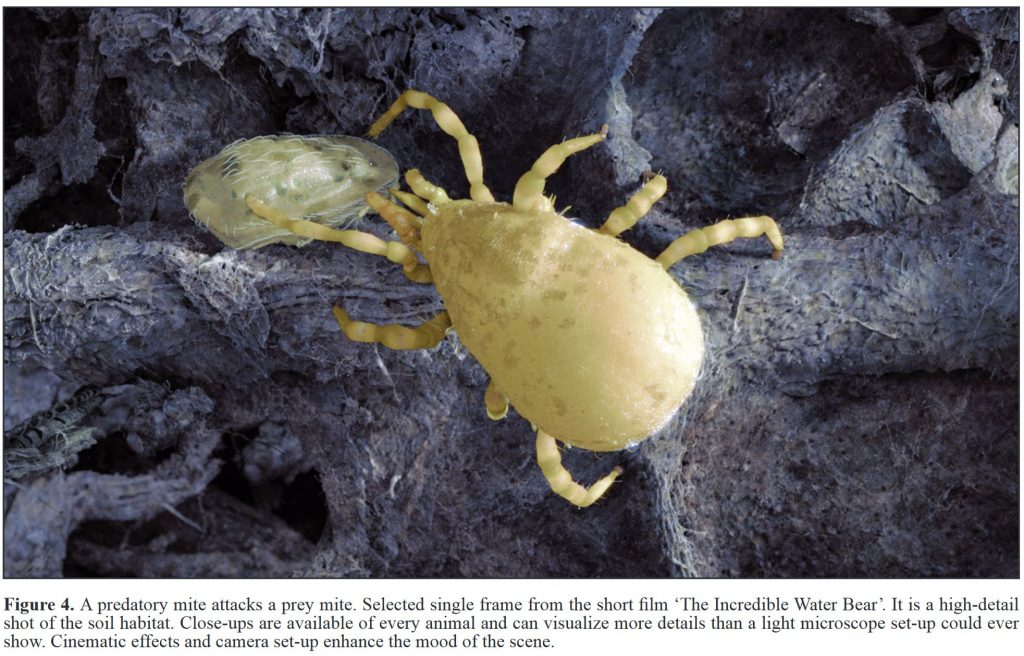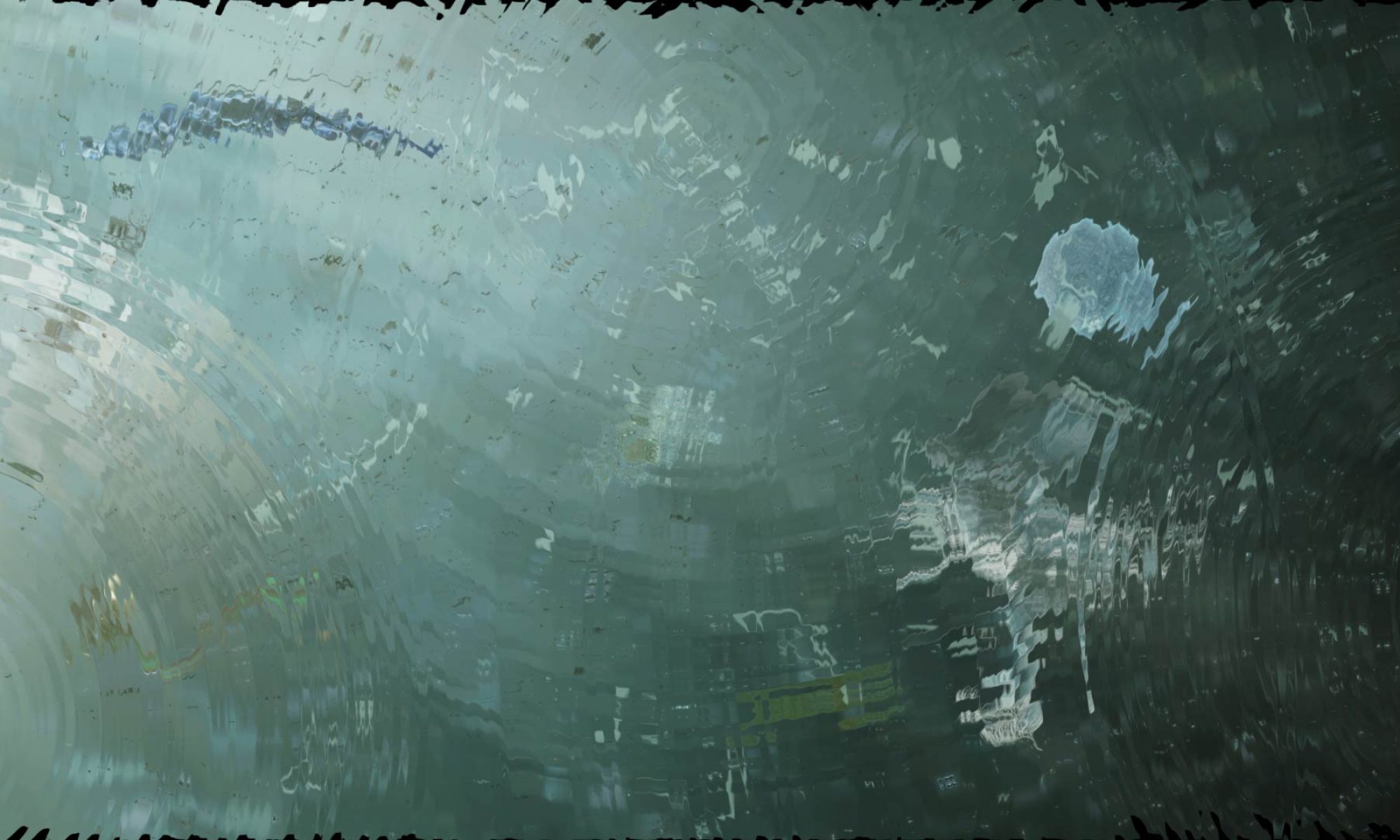A Piece of Systems Ecology
Captures of Santa Barbara, California, USA
An Augmented Reality installation
that rocks!The installation called “A Piece of Systems Ecology” is a personal exploration of the natural elements I encountered while strolling through Santa Barbara, enriched by conversations with NCEAS researchers Ben Halpern, Mona Farnisa, Justin Kadi, Marisa Morse, Erica Nielsen, Camila Poulsen Vargas and Melissa Chapman. The piece features an animated 3D sculpture created from scanned elements of the local landscape. Visitors might interact by using QR codes printed on stones collected from the area and discover connected stories. Additionally, the soundscape reflects fragments of the topics of the interviews. This art piece was created during my Art+Science residency at NCEAS (National Center for Ecological Analysis and Synthesis).
Website: https://www.scivizlab.com/a-piece-of-systems-ecology
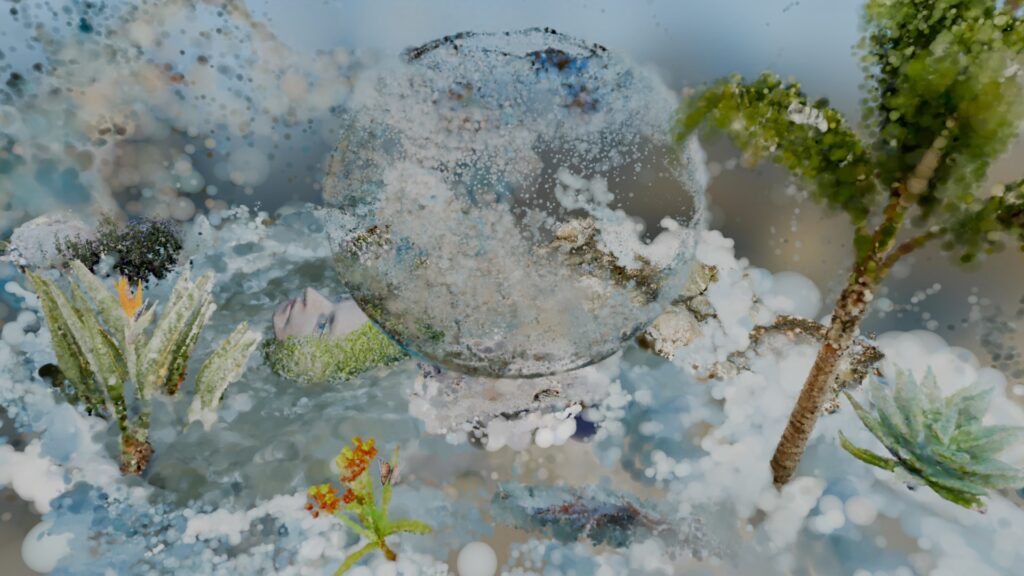
Butterfly}Pieris{Effect
The art-sci project Butterfly}Pieris{Effect aims to increase awareness of us humans for the importance of other creatures in our ecosystem. The majority of people have a very anthropocentric world view. However, it should not be forgotten that human beings cannot survive without the many other living beings, no matter how small and seemingly insignificant they may be. The installation presents a soundscape with snippets of expert comments on the topic of ecosystems and butterflies. The model organism for this project is often seen as a “crop pest” – nevertheless there are no “weeds” or “pests” in a functioning ecosystem. Therefore, we deliberately choose Pieris brassicae the Cabbage White for this project.
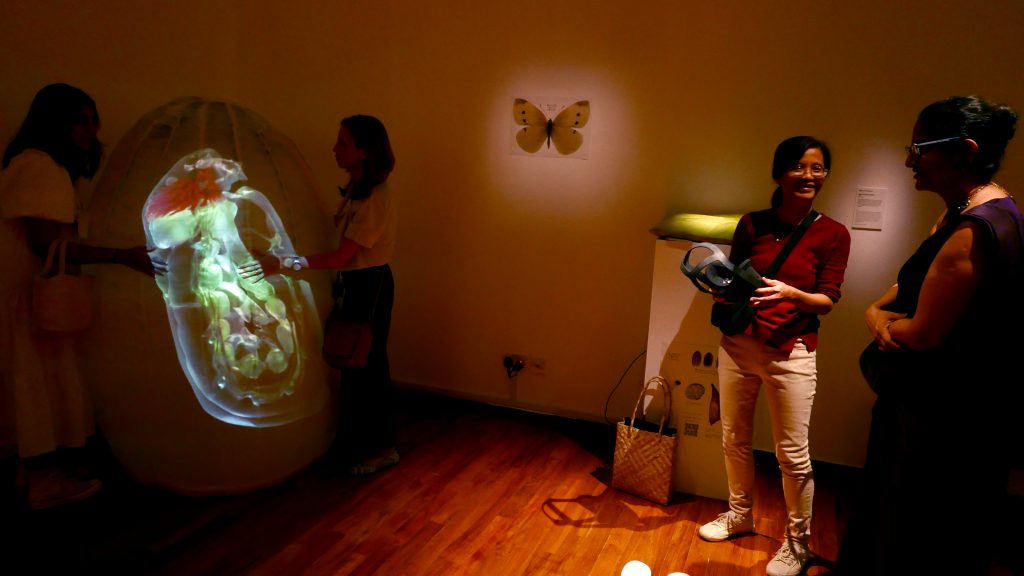
https://www.scivizlab.com/flybutterfly
https://vimeo.com/727388756/e3a6212cf6
—————————————————————————————————————————————————————————————————————–
NOISE AQUARIUM
Noise Aquarium utilizes 3D scans of plankton obtained with unique scientific imaging techniques. It immerses the audience in the ‘aquarium’ of diverse plankton organisms projected as large as whales or in Augmented and Virtual Reality art installations to create awareness for
——————————————————————————————————————————————————————————————————————
Virus Dice
The “Virus Dice” project makes nano-processes visible using innovative visual and interactive means. In the project a central issue is a certain feeling for chance as well as the fuzziness and uncertainty that lies behind probability information. Visitors take on the role of a SARS-Covid-2 virus and can stochastically receive different scenarios. Virus spread depends on many unpredictable factors, but it is important to reduce the likelihood of serious infections.
https://www.scivizlab.com/virus-dice
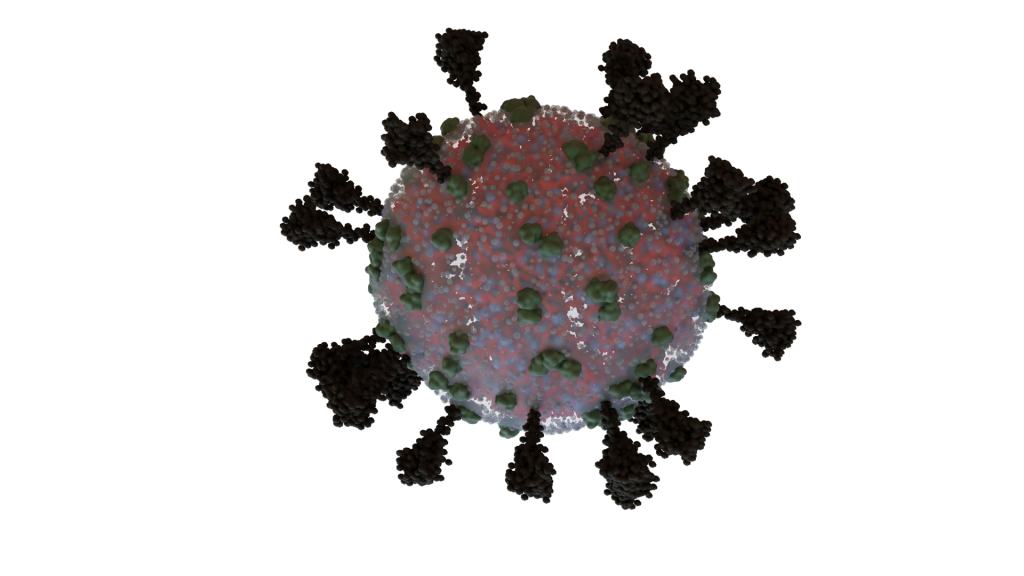
——————————————————————————————————————————————————————————————————————
CRISPR/Cas9-NHEJ: Action in the nucleus
CRISPR/Cas9-NHEJ: Action in the Nucleus (2017) is derived from an interdisciplinary creative process. This paper discusses the creation of this 210° scientific visualization, the usage of data from the worldwide Protein Data Bank, and the audio-visual presentation in an interactive dome setup. Since the topic is significant for the future of humanity, immersive experiences should be considered to convey tacit knowledge of gene-editing processes to make them approachable for the general public.
——————————————————————————————————————————————————————————————————————
Comparison of two mite gaits
The topic of this project was computer animation as an analysis tool for motion studies. It resulted in a video for a scientific visualization exhibition and the accompanying publication Behind the curtain; science visualization—das Unsichtbare
Archegozetes
——————————————————————————————————————————————————————————————————————
Colors of a dying landscape
Emotional: Herbst – und Gedanken, die bei der Arbeit an der wissenschaftlichen Arbeit “Computer Animation als Analyseinstrument für Bewegunngsstudien an Milben” entstanden. -Colors of a dying landscape- ist ein Experimentalfilm, der einen ungewohnt nahen Blick auf eine sich zum Winterschlaf hinwendende Vegetation ermöglicht. Dieser Farbrausch entstand durch ein spezielles Scanverfahren und zeigt ungewohnte mikroskopische Landschaften, die voll lebendiger Farben und gleichzeitig dem Tod ganz nahe sind. Tiere, Pilze und Blattdetails ergeben Kompositionen, die sich ästhetisch, voll morbider Details bewegen. Sie alle spielen dem psychedelisch anmutenden Höhepunkt entgegen und präsentieren Makro-Blicke auf Details, die es Wert sind genauer wahrgenommen zu werden, wobei sowohl die Animationen, als auch die Musik, diese besondere Erfahrung verdichten.
——————————————————————————————————————————————————————————————————————
Computer-generated images of microscopic soil organisms for documentary films
The depiction of microscopic soil animals in
